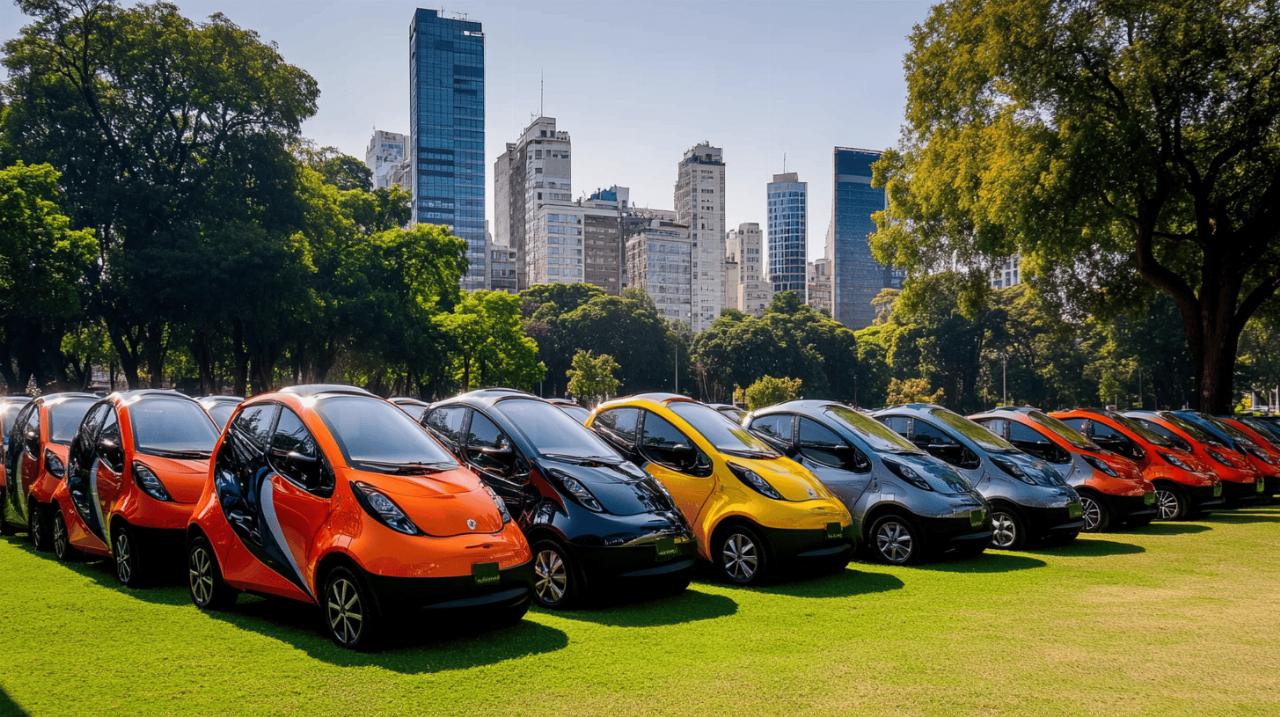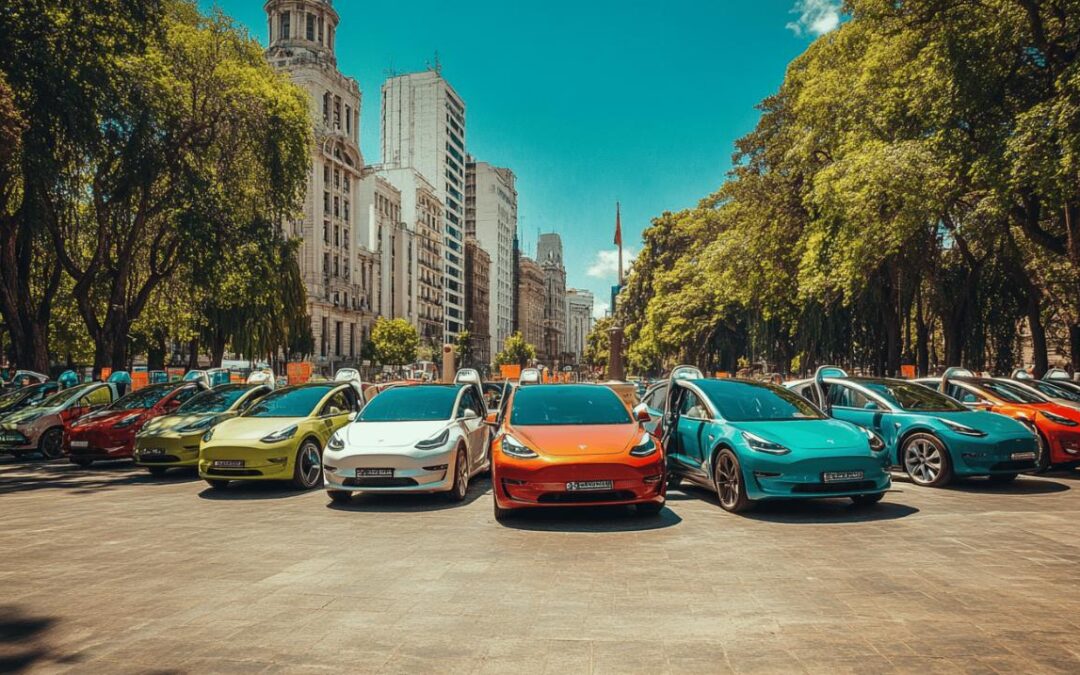Planning to explore the vibrant streets of Buenos Aires or venture into Argentina’s breathtaking countryside? Renting a car provides the freedom to discover this diverse country at your own pace. This comprehensive guide will help you navigate the process of hiring a vehicle in Buenos Aires, from understanding local requirements to managing the unique driving conditions you’ll encounter.
Planning your car hire in buenos aires
Determining your travel needs
Before booking your rental, consider why you need a motor car in Buenos Aires. According to recent research by Kammann Automobile, a vehicle isn’t essential within the city itself due to its excellent public transport network. However, if you’re planning to explore beyond the urban boundaries—perhaps visiting the expansive Pampas or embarking on a wine country tour—having your own transport becomes invaluable. Assess your itinerary carefully to determine whether a compact city car will suffice or if you need something more robust for rural adventures.
Researching rental companies
Buenos Aires offers numerous car rental options, from international brands to local providers. Major companies like Hertz (with over 30 years of experience in Argentina), Alamo, Sixt, and Avis operate alongside local firms such as Localiza and Omega. For the best rates, comparison platforms like DiscoverCars can help you survey the market efficiently. Expect to pay between £30-£45 per day for a standard vehicle, while larger vehicles or 4x4s can cost upwards of £55 daily. Booking in advance, opting for smaller cars, and travelling during the low season (April to October) can significantly reduce costs.
Understanding argentine driving requirements
Essential documents and legal requirements
To rent a vehicle in Buenos Aires, you’ll need several important documents. These include a valid driving licence (either in Latin alphabet or accompanied by an International Driving Permit), your passport, and a credit card for the security deposit. Most rental companies require drivers to be at least 21 years old, though many prefer 25+, with additional charges potentially applying for younger drivers. Insurance is highly recommended given the local driving style and security concerns. Basic third-party liability coverage is typically included, but comprehensive insurance offering full protection costs approximately £5 extra per day—a worthwhile investment for peace of mind.
Navigating road rules in argentina
Understanding local traffic regulations is essential for safe driving in Argentina. You’ll drive on the right-hand side of the road, and headlights must remain on during daylight hours when on highways. Speed limits vary: 40-60 km/h (25-37 mph) in urban areas, 110 km/h (68 mph) on rural roads, and 120-130 km/h (75-81 mph) on highways. The legal blood alcohol limit is 0.05%, which is strictly enforced. Seat belts are mandatory for all passengers, and children under 10 must use appropriate child seats. Be prepared to pay road tolls with cash, as electronic payment options aren’t always available.
Collecting your rental vehicle
Vehicle inspection checklist
 When collecting your rental car, conduct a thorough inspection before driving away. Document any existing damage with photographs and ensure the rental company notes these on your agreement. Check that essential equipment is present, including a spare tyre, jack, warning triangle, and fire extinguisher—all required by Argentine law. Verify the fuel policy and starting level. If you’re unfamiliar with manual transmissions, which are common in Argentina, specifically request an automatic vehicle when booking. Standard cars are sufficient for most journeys, but if your adventures take you to remote areas like parts of Ruta 40 or beyond El Chaltén in Patagonia, a 4×4 is recommended.
When collecting your rental car, conduct a thorough inspection before driving away. Document any existing damage with photographs and ensure the rental company notes these on your agreement. Check that essential equipment is present, including a spare tyre, jack, warning triangle, and fire extinguisher—all required by Argentine law. Verify the fuel policy and starting level. If you’re unfamiliar with manual transmissions, which are common in Argentina, specifically request an automatic vehicle when booking. Standard cars are sufficient for most journeys, but if your adventures take you to remote areas like parts of Ruta 40 or beyond El Chaltén in Patagonia, a 4×4 is recommended.
Return procedures and locations
Understanding the return process before setting off will prevent last-minute complications. Clarify the exact return location, especially if you’re picking up from an airport but plan to return elsewhere. The main collection and drop-off points in Buenos Aires include Ezeiza International Airport (EZE), Jorge Newbery Airport (AEP), and central city locations in Retiro, Palermo, and Microcentro. One-way rentals within Argentina are possible but incur additional fees. If you’re planning to cross borders into Chile or Uruguay, inform the rental company well in advance (several weeks) to arrange the necessary documentation, and note that the vehicle must typically be returned to Argentina.
Navigating buenos aires by car
Traffic patterns and driving culture
Driving in Buenos Aires presents unique challenges, particularly for visitors. Traffic can be notoriously congested during rush hours (7:30-10:00 AM and 5:00-8:00 PM), and the local driving style tends to be more aggressive than in many Western countries. Buses have right of way, and drivers often change lanes with minimal signalling. Remain vigilant at intersections, as traffic rules aren’t always strictly observed. When driving outside the city, be alert for wildlife, especially in Patagonia. Download offline maps before your journey, as mobile coverage can be patchy in remote areas. In case of emergencies, dial 101 for police, 107 for ambulance services, or 0800-999-5000 for English-speaking assistance.
Parking options and regulations
Finding parking in central Buenos Aires can be challenging. The city employs a paid street parking system in most areas, identifiable by blue lines painted on the kerb. Mobile apps like Blinkay offer convenient payment options. For longer stays, private parking garages (known as ‘cocheras’) provide secure but more expensive alternatives. Never leave valuables visible in your parked vehicle, as break-ins can occur. Outside the city, parking regulations are generally more relaxed, but always check for any restriction signs. With proper planning and awareness of local conventions, driving in Argentina can provide an enriching dimension to your travel experience, allowing you to discover hidden gems beyond the standard tourist routes.





